Poultry slaughterhouse at Dong Huong vegetable and food wholesale market ( Thanh Hoa city) is dirty and lacks food safety and hygiene.
According to records, in many markets in Thanh Hoa City, poultry slaughtering activities take place all day, many spontaneous poultry slaughtering points of people have sprung up right next to the market. Many poultry traders also slaughter on the spot with service prices from 15,000-25,000 VND/bird. Although buying and selling and slaughtering live poultry on the spot meets the needs of consumers, it causes food safety and hygiene problems. At the same time, it poses a potential risk of spreading diseases, especially in the context of avian influenza outbreaks. Because most traders rent small spaces in the market, the water and drainage system are very poor; the design and construction are spontaneous and temporary; the water source used for slaughtering is not hygienic. Slaughtering tools, waste and wastewater collection and treatment facilities do not meet requirements, most untreated wastewater is discharged directly into the environment, causing pollution. Meanwhile, slaughterers lack attention to personal and veterinary hygiene regulations in slaughtering... These slaughterhouses are always in an unsanitary state, often emitting a foul smell, causing discomfort to passersby.
At Dong Huong Vegetable and Food Wholesale Market (Thanh Hoa City), poultry slaughtering takes place every day under very poor hygiene conditions. Each poultry slaughterhouse usually uses only one pot of boiling water to pluck the feathers of dozens of chickens, ducks, geese and a few dirty, black basins. The poultry confinement area and the slaughterhouse are often littered with waste, wastewater, and a strong, foul odor. Poultry is slaughtered right on the ground in the slaughterhouse area... posing a potential risk of food safety and hygiene, spreading disease, and affecting the health of consumers.
Not only in urban areas, in many rural markets and residential areas, the slaughter of livestock and poultry also takes place spontaneously, most of which are not registered for business activities, making it difficult to trace the origin of livestock products, and little attention is paid to disease control and food hygiene and safety.
Most consumers choose to buy livestock and poultry meat based on habit and sensory observation, without paying attention to whether the slaughtering process is hygienic or not. This has created opportunities for small, spontaneous slaughterhouses to continue to exist and develop. This situation not only causes food safety problems but also significantly affects the surrounding environment and potentially spreads pathogens, especially avian influenza, and influenza virus infection from poultry to humans.
The province currently has nearly 1,700 livestock and poultry slaughterhouses. Of these, 14 livestock slaughterhouses, 143 poultry slaughterhouses and 33 mixed slaughterhouses are licensed with an average daily consumption of about 40,000 poultry. The rest are small-scale slaughterhouses, scattered in residential areas and local markets.
To strengthen the management of livestock and poultry slaughter, the Department of Agriculture and Environment is coordinating with localities to review the current situation and demand for livestock and poultry slaughter. Strengthen inspection and examination of slaughterhouses, collection points, and transit points for livestock and poultry, take meat samples to test for microbiological indicators, take animal urine samples to quickly test for banned substances... to promptly detect and handle violations. At the same time, step up propaganda and raise awareness so that people can see the dangers of trading and slaughtering live poultry in unsanitary conditions; encourage traders to switch to trading in pre-slaughtered poultry with quarantine stamps from the veterinary sector...
Article and photos: Minh Ha
Source: https://baothanhhoa.vn/moi-nguy-tiem-an-tu-cac-co-so-giet-mo-gia-suc-gia-cam-nho-le-250782.htm


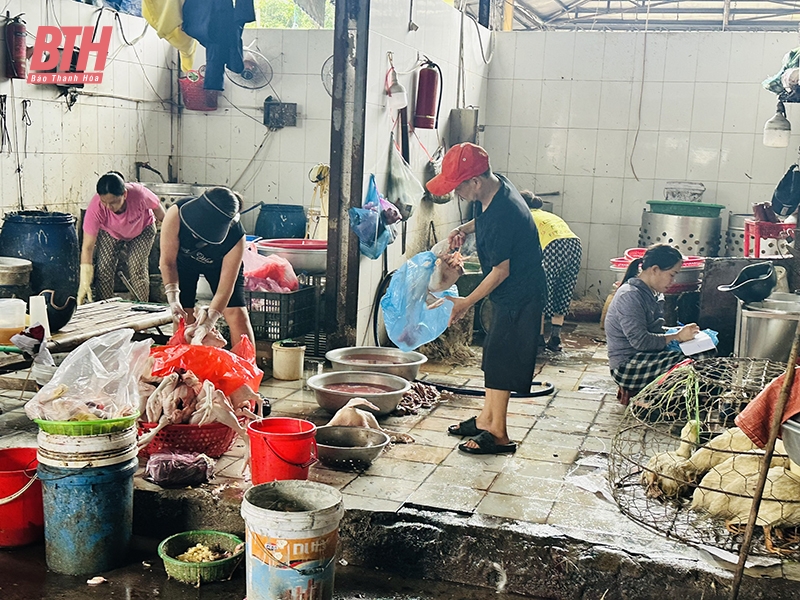






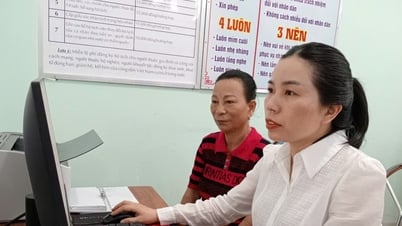



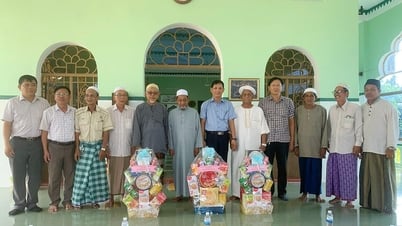



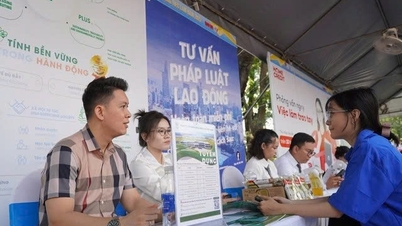






























































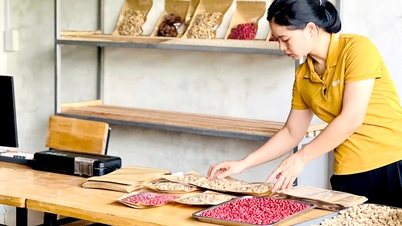

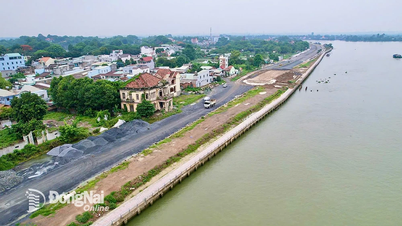

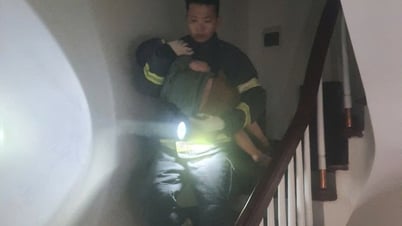

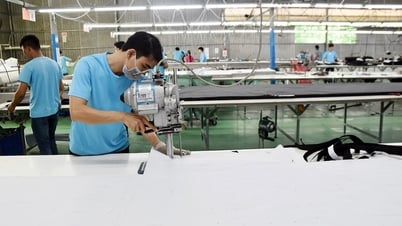












Comment (0)